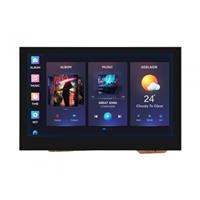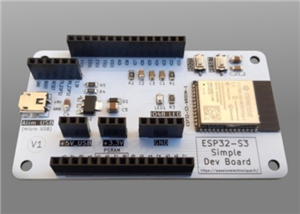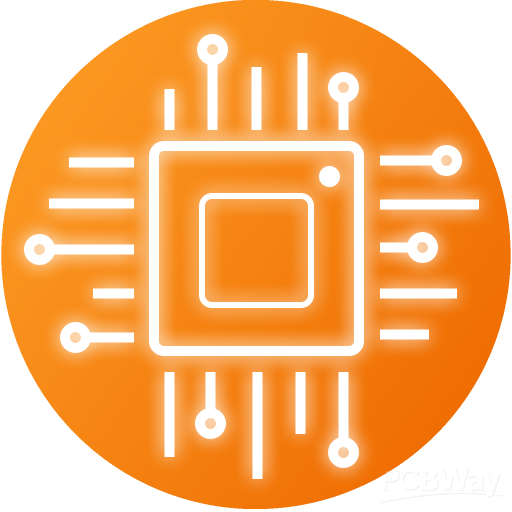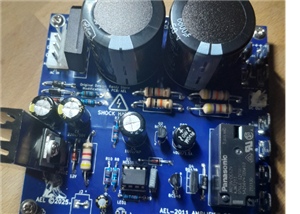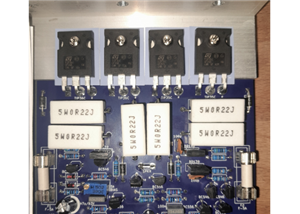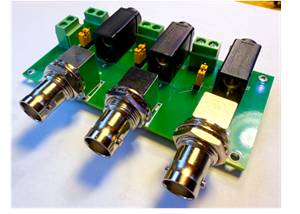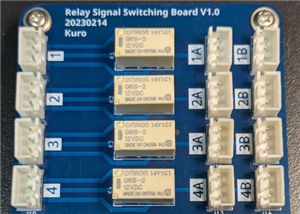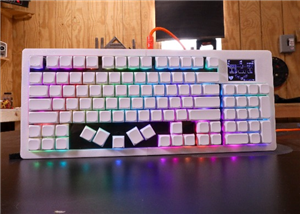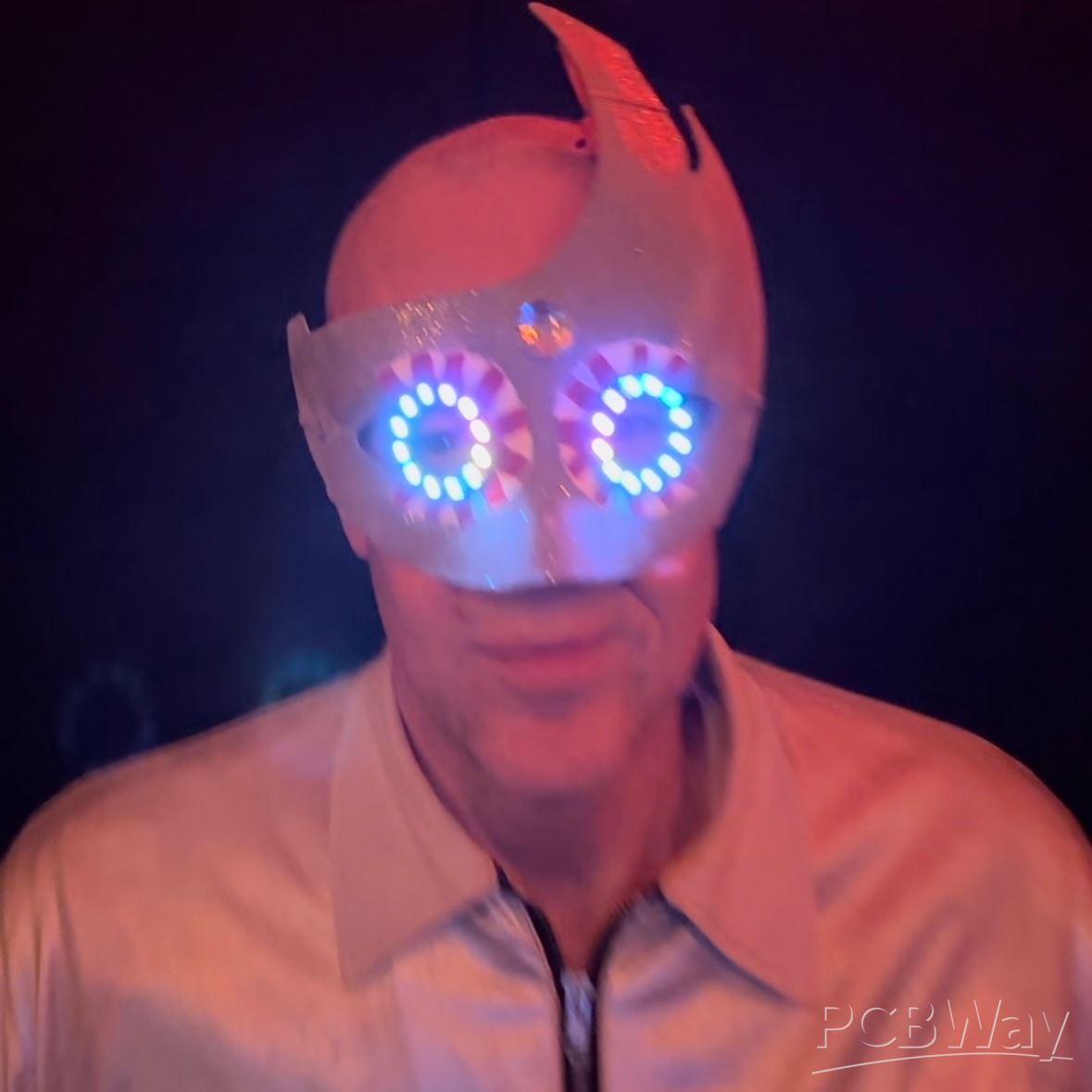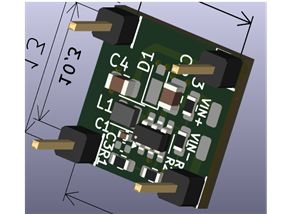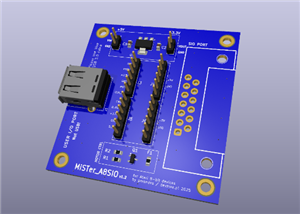|
|
Thonny |
|
|
|
Microcontroller-RP2040 |
|
|
|
L298N Motor Driver |
|
|
|
DC Motor |
|
|
|
Wheel |
|
|
|
4 Wheel chassis kits |
|
|
|
Ultrasonic Sensor |
|
|
|
Jumper Wires |
|
|
|
Breadboard |
Medibot: A Medicine Delivery Robot for Healthcare Facilities
My project is on robotic system, MediBot, designed to transport medicines from one place to another in hospitals. As a biomedical engineering student, I am always passionate to work in the field of health sector. So I have decided to make this project which enhance the transport of medicine in more effective way. MediBot helps in timely transport of medicine which helps to reduce the workload of health workers and patients also get their medicines on scheduled time.
MediBot contains wheels which helps in movement and a compartment to store the medicines and transported from one place to another. It contains the ultrasonic sensor which helps to detect and avoid obstacles, ensuring smooth navigation. This features make the MediBot a reliable and efficient solution for improving medicine delivery process.

Theory of operation
1. Microcontroller RP2040: It controls how the MediBot operates,uses sensor data to safely move the robot through patient rooms or hospital hallways.
2. DC Motors & L298N Motor Driver: It provides controlled, smooth Medibot movement for delivering medical equipment or supplies,it also helps to change direction to avoid obstacles and ensure safe passage in busy or small areas.
3. Ultrasonic sensor: Helps to identify obstacles such as walls, people, or hospital furnishings.Avoid collisions while moving through changing locations.
4. Wheels and Chassis: Trays, equipment, or even small monitoring devices can be put on this platform,stable and long-lasting to avoid accidents and errors.
5. Power Supply: Powers the MediBot to operate autonomously for extended periods, suitable for tasks like supply delivery in large hospitals.

import machine
import time
from machine import Pin, PWM
import utime
# GPIO pins for motor driver
MOTOR1_PIN1 = machine.Pin(2, machine.Pin.OUT)
MOTOR1_PIN2 = machine.Pin(3, machine.Pin.OUT)
MOTOR2_PIN1 = machine.Pin(14, machine.Pin.OUT)
MOTOR2_PIN2 = machine.Pin(15, machine.Pin.OUT)
# Ultrasonic sensor pins
TRIG_PIN = machine.Pin(26, machine.Pin.OUT) # Trigger pin
ECHO_PIN = machine.Pin(27, machine.Pin.IN) # Echo pin
# Servo motor pin and PWM initialization
SERVO_PIN = machine.Pin(13) # Use GPIO 13 for the servo motor
pwm = PWM(SERVO_PIN)
pwm.freq(50) # Servo motors usually use a frequency of 50Hz
# Servo movement limits
MID = 1500000
MIN = 1000000
MAX = 2000000
# Motor movement functions
def move_forward():
MOTOR1_PIN1.high()
MOTOR1_PIN2.low()
MOTOR2_PIN1.high()
MOTOR2_PIN2.low()
def move_backward():
MOTOR1_PIN1.low()
MOTOR1_PIN2.high()
MOTOR2_PIN1.low()
MOTOR2_PIN2.high()
def turn_left():
MOTOR1_PIN1.low()
MOTOR1_PIN2.high()
MOTOR2_PIN1.high()
MOTOR2_PIN2.low()
def turn_right():
MOTOR1_PIN1.high()
MOTOR1_PIN2.low()
MOTOR2_PIN1.low()
MOTOR2_PIN2.high()
def stop_car():
MOTOR1_PIN1.low()
MOTOR1_PIN2.low()
MOTOR2_PIN1.low()
MOTOR2_PIN2.low()
# Function to measure distance using the ultrasonic sensor
def measure_distance():
TRIG_PIN.low()
time.sleep_us(2)
TRIG_PIN.high()
time.sleep_us(10)
TRIG_PIN.low()
# Measure the pulse duration
duration = machine.time_pulse_us(ECHO_PIN, 1)
# Calculate distance in cm
distance = (duration / 2) / 29.1 # Using the speed of sound in air
return distance
# Function to set the servo position (angle)
def set_servo_angle(angle):
if angle == 0:
pwm.duty_ns(MIN) # Servo at 0° position
elif angle == 180:
pwm.duty_ns(MAX) # Servo at 180° position
else:
# Mapping angle between 0 and 180 degrees to duty cycle
duty = MIN + (angle / 180) * (MAX - MIN)
pwm.duty_ns(int(duty))
# Function to scan the environment by rotating the ultrasonic sensor
def scan_environment():
min_distance = 999 # Initialize with a large value
# Scan the environment from 0° to 180° with SCAN_ANGLE increment
for angle in range(0, 181, 30):
set_servo_angle(angle) # Rotate the servo to the current angle
time.sleep(0.3) # Wait for the sensor to stabilize
distance = measure_distance()
if distance < min_distance:
min_distance = distance # Keep track of the minimum distance
return min_distance
# Main program
while True:
# Scan the environment and measure the closest distance
distance = scan_environment()
print("Minimum Distance:", distance, "cm")
if distance < 10:
# If the object is too close, stop
stop_car()
print("Too close! Stopping.")
elif distance > 30:
# If the object is far away, move forward
move_forward()
print("Following... Moving forward.")
else:
# If the object is within the follow range, stop
stop_car()
print("Ideal distance. Stopping.")
# Small delay for stability
time.sleep(0.2) # Adjusted for smoother operation

Medibot: A Medicine Delivery Robot for Healthcare Facilities
*PCBWay community is a sharing platform. We are not responsible for any design issues and parameter issues (board thickness, surface finish, etc.) you choose.
- Comments(4)
- Likes(3)
- 0 USER VOTES
- YOUR VOTE 0.00 0.00
- 1
- 2
- 3
- 4
- 5
- 6
- 7
- 8
- 9
- 10
- 1
- 2
- 3
- 4
- 5
- 6
- 7
- 8
- 9
- 10
- 1
- 2
- 3
- 4
- 5
- 6
- 7
- 8
- 9
- 10
- 1
- 2
- 3
- 4
- 5
- 6
- 7
- 8
- 9
- 10
 More by Rohit Sah
More by Rohit Sah
-
-
AEL-2011 Power Supply Module
330 0 1 -
AEL-2011 50W Power Amplifier
303 0 1 -
-
-
Custom Mechanical Keyboard
571 0 0 -
Tester for Touch Screen Digitizer without using microcontroller
235 2 2 -
Audio reactive glow LED wristband/bracelet with NFC / RFID-Tags
241 0 1 -
-
-




















